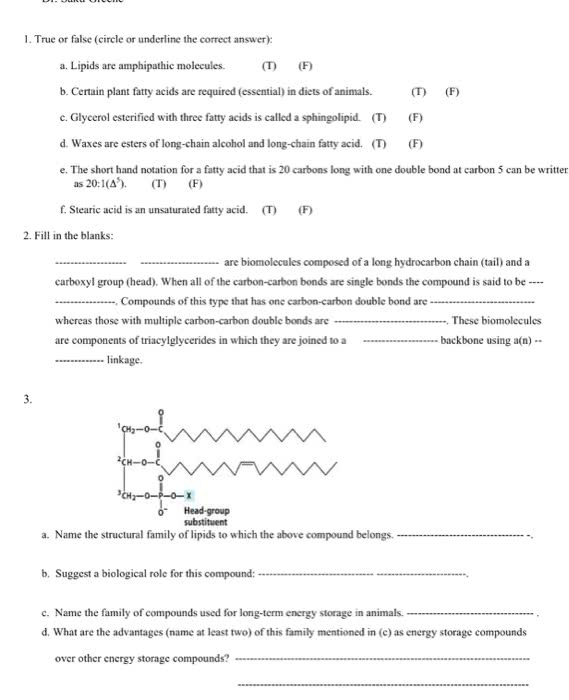BIOLCHEM 415 Lecture Notes - Lecture 26: Phosphatidylcholine, Photodissociation, Glucocorticoid
Document Summary
Generally, lipids are separated into three classes based on their structure distinctions. Sphingolipids is the backbone to which lipids and other substitutes are attached. We will start out with phospholipids which is defined as containing the glycerol backbone and fatty acids attached to it and one phosphate. Phosphatidate is one of the intermediates in the synthesis of fats. From phosphatidate, we can go to fats or a series of phospholipids. The phosphatidatic acid reacts with ctp in order to form a cdp-diacylglycerol. We formed a bond and this requires energy. This energy comes from ctp, which is energetically the same as atp. A follow up reaction, the alcohol will react with the activated phosphatidate and the end result is the phospholipid, the glycerol backbone and two fatty acids attached and a phosphodiester. This is one way of providing the energy and activating one of the partners to synthesis a phospholipid.


